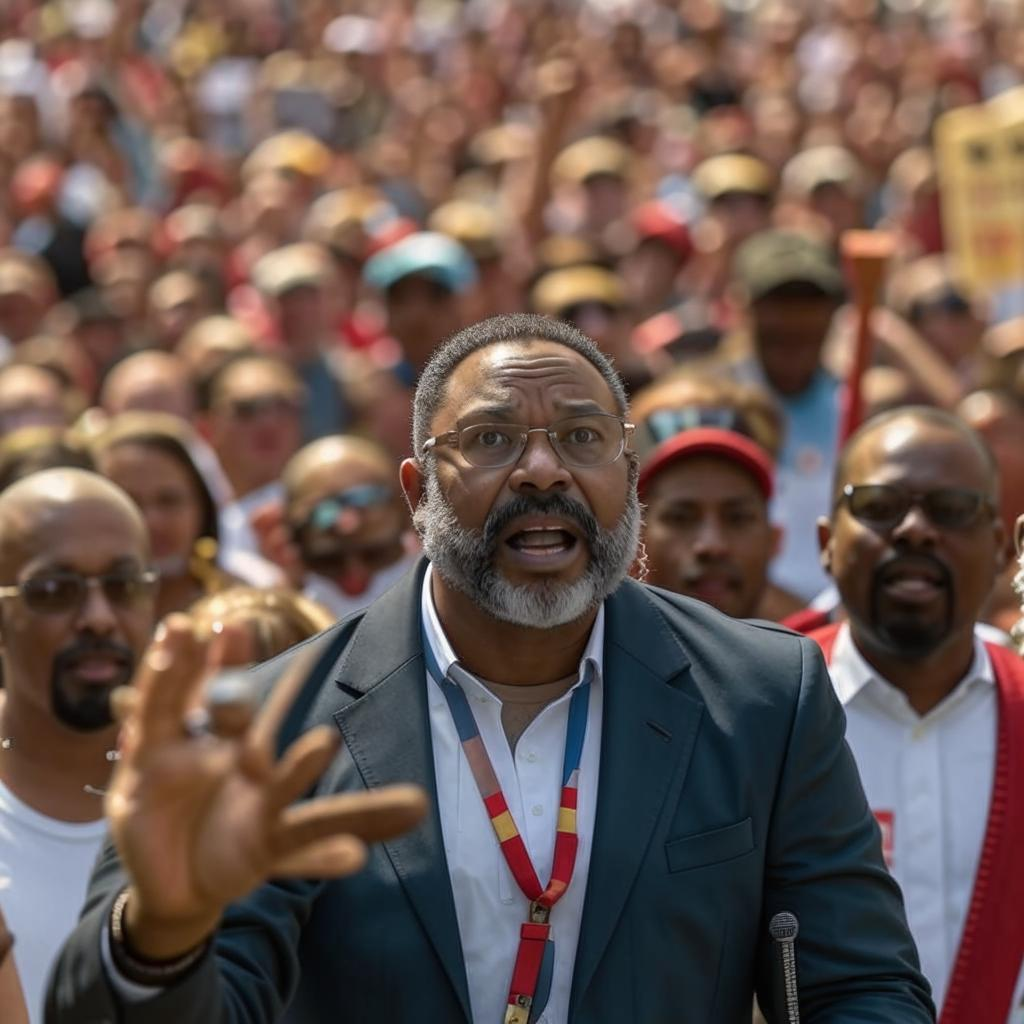Donald Trump’s tariff policies, a hallmark of his presidency, often contradicted his campaign promises. While promising economic prosperity and job growth, particularly in manufacturing, Trump implemented tariffs on goods from countries like China, Mexico, and Canada.
These tariffs, intended to protect American industries, frequently backfired. American businesses faced higher costs for imported materials, leading to increased prices for consumers. Some industries, like agriculture, were severely impacted as retaliatory tariffs from other nations reduced their export markets.
Trump argued that tariffs would force other countries to negotiate more favorable trade deals. He claimed that this would bring jobs back to the United States. In some instances, new agreements were reached, but economists debate whether these deals truly benefited the U.S. economy.
Critics argued that the tariffs were a form of hidden tax on American consumers and businesses. They also warned that the trade wars created uncertainty and damaged relationships with key trading partners. Despite his promises, the trade deficit remained high during his presidency. The long-term effects of these tariffs are still being debated, but the immediate impact was often at odds with Trump’s campaign pledges. Finishtit














